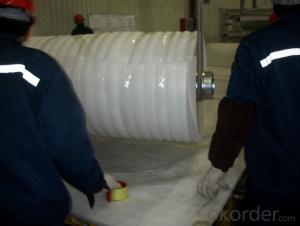Aluminum sheets have been a game-changer in the automotive industry, offering a blend of strength, durability, and lightweight properties that are hard to match. These versatile materials have not only revolutionized vehicle design but also significantly impacted performance, fuel efficiency, and overall aesthetics. Let’s dive into the world of aluminum and explore its role in shaping the future of automotive design.
The Lighter Touch: Aluminum’s Impact on Fuel Efficiency
One of the most significant advantages of aluminum sheets in automotive design is their lightweight nature. Cars made with aluminum components are lighter, which directly translates to better fuel efficiency. This is a win-win for both the environment and the consumer’s wallet. The reduced weight means less energy is needed to move the vehicle, resulting in lower fuel consumption and, consequently, reduced emissions.
A Strong Backbone: Structural Integrity with Aluminum
Despite being lightweight, aluminum sheets do not compromise on strength. In fact, they provide exceptional structural integrity, which is crucial for vehicle safety. The high strength-to-weight ratio of aluminum makes it an ideal material for constructing a vehicle’s frame and body. This not only ensures safety in the event of an accident but also contributes to the vehicle’s overall rigidity and durability.
Form Meets Function: The Aesthetic Appeal of Aluminum
Aluminum’s malleability allows for a wide range of design possibilities. Car manufacturers can create sleek, curvaceous, or angular designs with ease, giving each vehicle a unique and eye-catching appearance. The material’s natural resistance to corrosion and its ability to maintain a polished look with minimal maintenance add to its appeal.
Greener Horizons: Aluminum’s Role in Sustainability
Sustainability is a key focus in modern automotive design, and aluminum sheets play a significant role in this regard. Aluminum is highly recyclable, with the recycling process requiring only 5% of the energy needed to produce new aluminum. This makes it an environmentally friendly choice for vehicle manufacturing. Moreover, the use of aluminum can lead to a reduction in the overall weight of the vehicle, contributing to lower emissions and a smaller carbon footprint.
The Future of Aluminum in Automotive Design
As technology advances, the role of aluminum in automotive design is set to expand. Innovations in manufacturing techniques and material science are opening up new possibilities for how aluminum can be used in vehicles. From self-healing materials to advanced alloys with improved properties, the future looks bright for aluminum in the automotive industry.
The Human Touch: The Emotional Connection to Aluminum
While aluminum’s practical benefits are clear, there’s also an emotional connection that drivers and car enthusiasts feel towards this material. The smooth, cool touch of aluminum, the satisfaction of seeing a well-crafted aluminum body panel, and the pride in owning a vehicle that combines performance with sustainability – these are the intangibles that make aluminum more than just a metal.
In Conclusion
Aluminum sheets have become an integral part of automotive design, offering a perfect balance of strength, lightweight properties, and sustainability. As we look to the future, it’s exciting to consider the new innovations and designs that will continue to push the boundaries of what’s possible with this remarkable material. The role of aluminum in automotive design is not just about creating vehicles that are efficient and safe; it’s about creating vehicles that resonate with us on a deeper level, vehicles that we can be proud to drive.

